Hollywood Production Frozen: WGA And SAG-AFTRA Strike Details
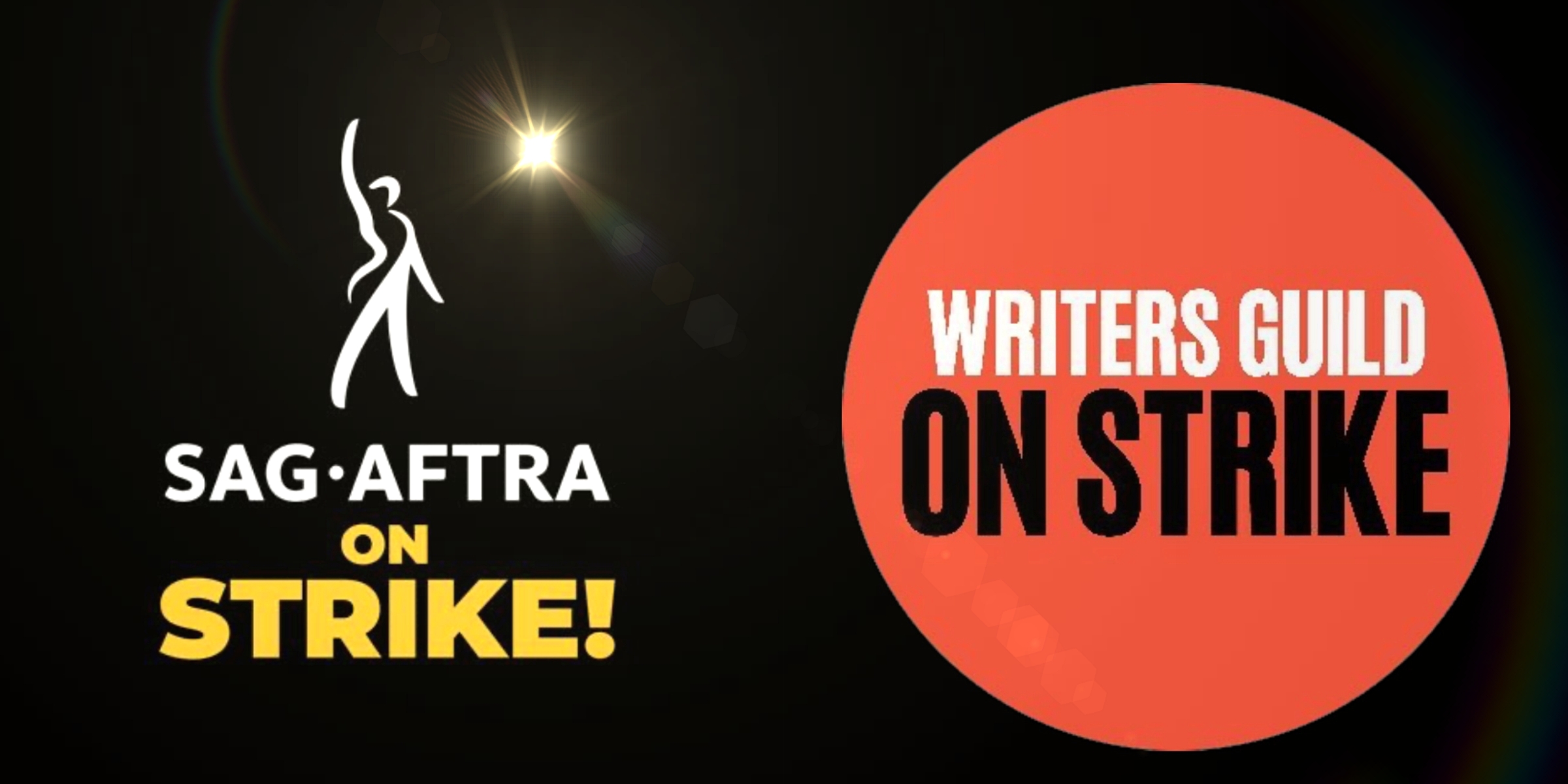
Table of Contents
Causes of the Hollywood Strike
The Hollywood strike is a culmination of years of simmering tension between labor unions and major production companies. The core issues revolve around fair compensation in the age of streaming, the use of artificial intelligence (AI), and improved working conditions.
WGA Strike Demands
The Writers Guild of America's strike is driven by several key demands:
-
Fair Wages and Residuals in the Streaming Era: Traditional television models offered writers residuals based on syndication and reruns. Streaming services have significantly altered this landscape, leading to significantly reduced compensation for writers, despite the massive success of many streaming shows. The WGA seeks to establish a fair system of residuals that reflects the value of their work in the streaming environment. This includes advocating for transparency in streaming viewership data to better assess fair compensation.
-
Improved Working Conditions: The WGA is pushing for improved minimum staffing levels on set, ensuring writers have adequate support and resources to create high-quality content. This addresses concerns about overwork and burnout.
-
Increased Transparency Regarding Viewership Data: The lack of transparency surrounding streaming viewership numbers hinders writers' ability to negotiate fair compensation. The WGA demands access to accurate and reliable data to ensure their work is fairly valued.
-
Protection Against the Use of AI in Writing and Script Creation: The rise of AI writing tools poses a significant threat to writers' livelihoods. The WGA seeks strong protections against the use of AI to replace human writers and safeguards for the use of AI in the creative process.
SAG-AFTRA Strike Demands
SAG-AFTRA's strike shares some common ground with the WGA, but also includes issues specific to actors:
-
Fair Wages and Residuals for Streaming Projects: Similar to the WGA, SAG-AFTRA members are seeking fair compensation for their work on streaming platforms, addressing the decreased residuals compared to traditional television. This includes advocating for a fairer share of streaming profits.
-
Regulation of the Use of AI in the Industry: SAG-AFTRA is strongly opposed to the use of AI to replace actors, demanding strict regulations to protect actors' jobs and prevent the exploitation of their likenesses. This includes provisions against using AI to create deepfakes or other unauthorized uses of an actor's image.
-
Improvements to Health and Safety Standards on Set: SAG-AFTRA is demanding improvements in health and safety regulations on set to protect actors from potential hazards and ensure a safe working environment.
-
Stronger Protections Against the Exploitation of Actors: The union is seeking stronger protections against the exploitation of actors, particularly in relation to long working hours, inadequate compensation, and harassment.
Impact of the Hollywood Strike
The Hollywood strike has far-reaching consequences, impacting various aspects of the entertainment industry and beyond.
Economic Consequences
The economic impact of the Hollywood strike is substantial:
-
Loss of Revenue for Studios and Production Companies: The halt in production is resulting in significant revenue losses for major studios and production companies.
-
Job Losses for Crew Members, Support Staff, and Local Businesses: The strike has caused widespread job losses among crew members, support staff, and businesses that rely on the film industry for their livelihood. This includes caterers, transportation services, and many other ancillary businesses.
-
Disruptions to Film and Television Release Schedules: The delay in production is leading to significant disruptions in film and television release schedules, impacting both studios and audiences.
-
Negative Impacts on Tourism and Related Industries: In areas with significant film production, the strike has a negative impact on tourism and related industries that rely on the presence of film crews and related activities.
Creative Consequences
The creative impact is equally significant:
-
Delays in the Production of New Films and Television Shows: The strike directly impacts the production of new films and television shows, causing delays and uncertainty about future projects.
-
Potential Impact on Award Season and Upcoming Releases: The strike could significantly impact award season and the release of highly anticipated films and television shows.
-
Uncertainty Surrounding Future Projects and the Overall Landscape of the Entertainment Industry: The long-term consequences of the strike remain uncertain, raising questions about the future of the entertainment industry and the relationship between labor and management.
Potential Resolutions and Future Outlook
Finding a resolution to the Hollywood strike requires significant compromise and negotiation from both sides.
Negotiation Strategies
Several strategies are being employed to reach a resolution:
-
Discussion of Potential Compromises and Concessions from Both Sides: Both sides are exploring potential compromises and concessions to find a mutually acceptable agreement.
-
The Role of Mediation and Arbitration in Reaching a Resolution: Mediation and arbitration may play a crucial role in facilitating negotiations and helping both sides reach a compromise.
-
Public Opinion and its Potential Influence on Negotiations: Public opinion and media coverage can influence negotiations and put pressure on both sides to reach a resolution.
Long-Term Implications
The long-term implications of the Hollywood strike are far-reaching:
-
Potential Changes to the Industry's Labor Practices: The strike could lead to significant changes in the industry's labor practices, including compensation models and working conditions.
-
The Future of Streaming and its Impact on the Labor Market: The strike highlights the challenges posed by streaming services and their impact on the labor market for writers and actors.
-
The Role of AI and its Impact on Creative Jobs: The issue of AI's role in the creative process is a critical concern that needs to be addressed in the long term.
Conclusion
The Hollywood strike, involving the WGA and SAG-AFTRA, represents a critical moment for the entertainment industry. The far-reaching consequences – economic, creative, and technological – highlight the need for a fair and equitable resolution. Understanding the core demands of the unions and the potential long-term impacts of this significant labor dispute is crucial. Stay informed about the developments in this ongoing Hollywood strike and its potential implications for the future of film and television. For up-to-date information and analysis on this evolving situation, continue to follow our coverage of the Hollywood production freeze. Let's hope for a swift and positive resolution to this major industry challenge, ensuring fair compensation and working conditions for all involved in the creation of entertainment.

Featured Posts
-
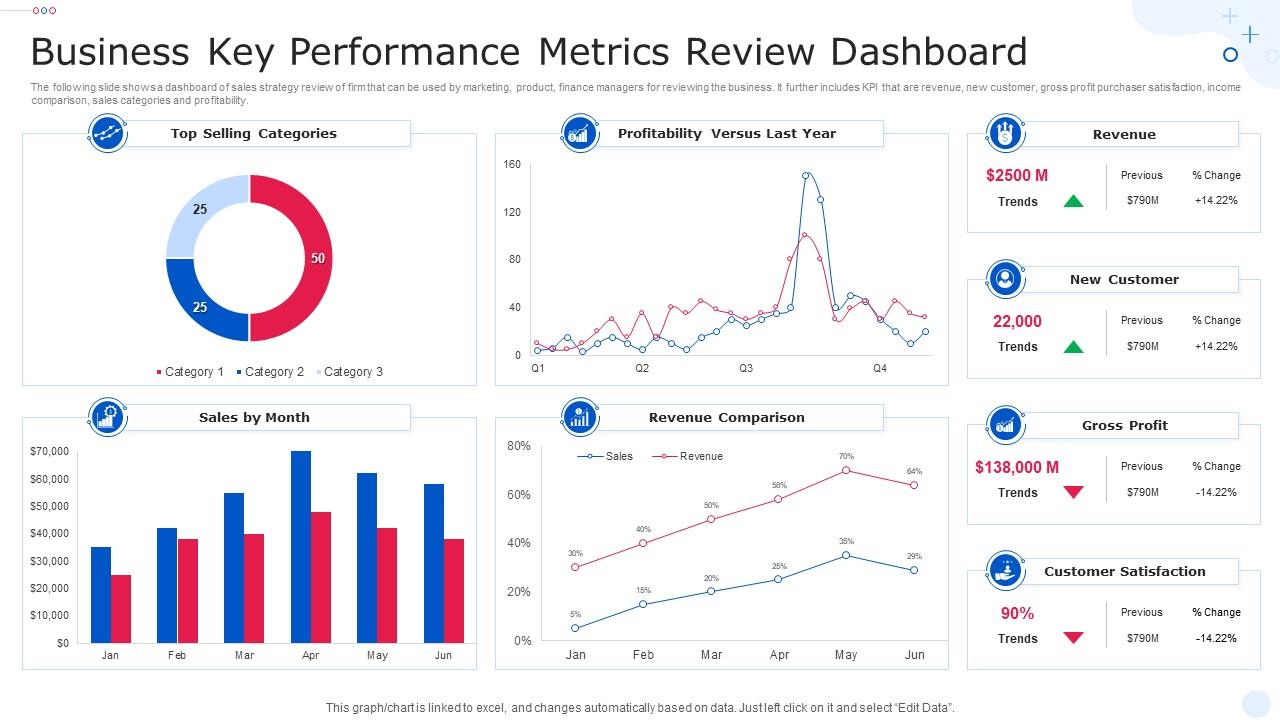 Performance Boursiere Fdj Et Schneider Electric A Paris Le 17 02
Apr 23, 2025
Performance Boursiere Fdj Et Schneider Electric A Paris Le 17 02
Apr 23, 2025 -
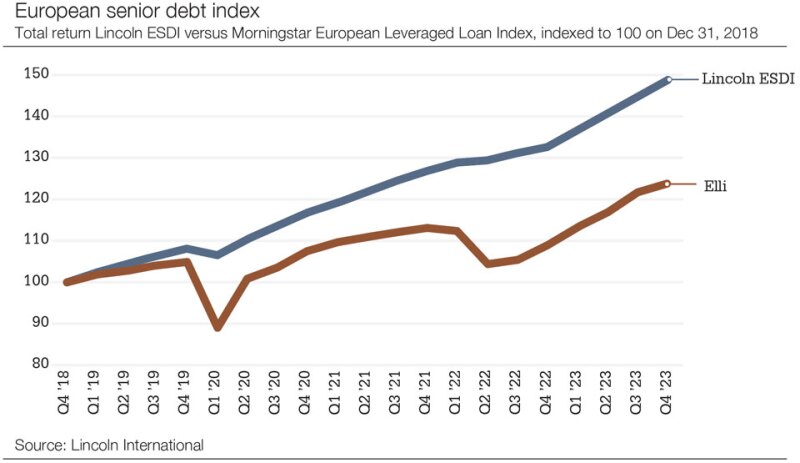 Imf Sounds Alarm Trumps Trade Policies Threaten Global Financial Stability
Apr 23, 2025
Imf Sounds Alarm Trumps Trade Policies Threaten Global Financial Stability
Apr 23, 2025 -
 Go Ahead Entry At Target Field New Facial Recognition System For Faster Entry
Apr 23, 2025
Go Ahead Entry At Target Field New Facial Recognition System For Faster Entry
Apr 23, 2025 -
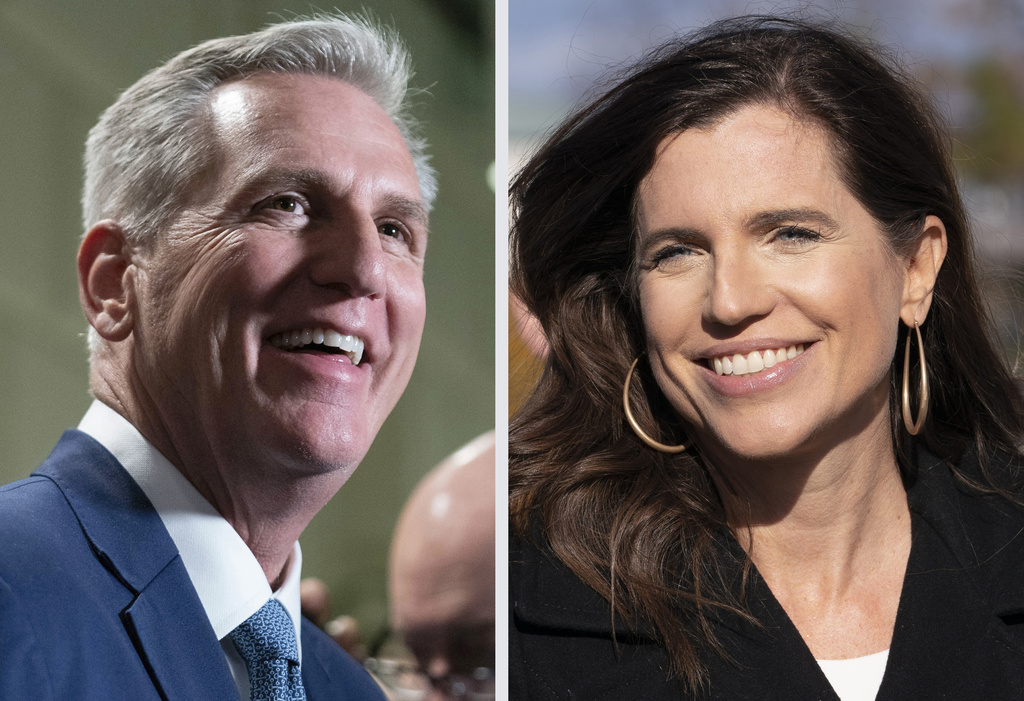 Rep Nancy Mace Faces Angry Voter In South Carolina Cnn Report
Apr 23, 2025
Rep Nancy Mace Faces Angry Voter In South Carolina Cnn Report
Apr 23, 2025 -
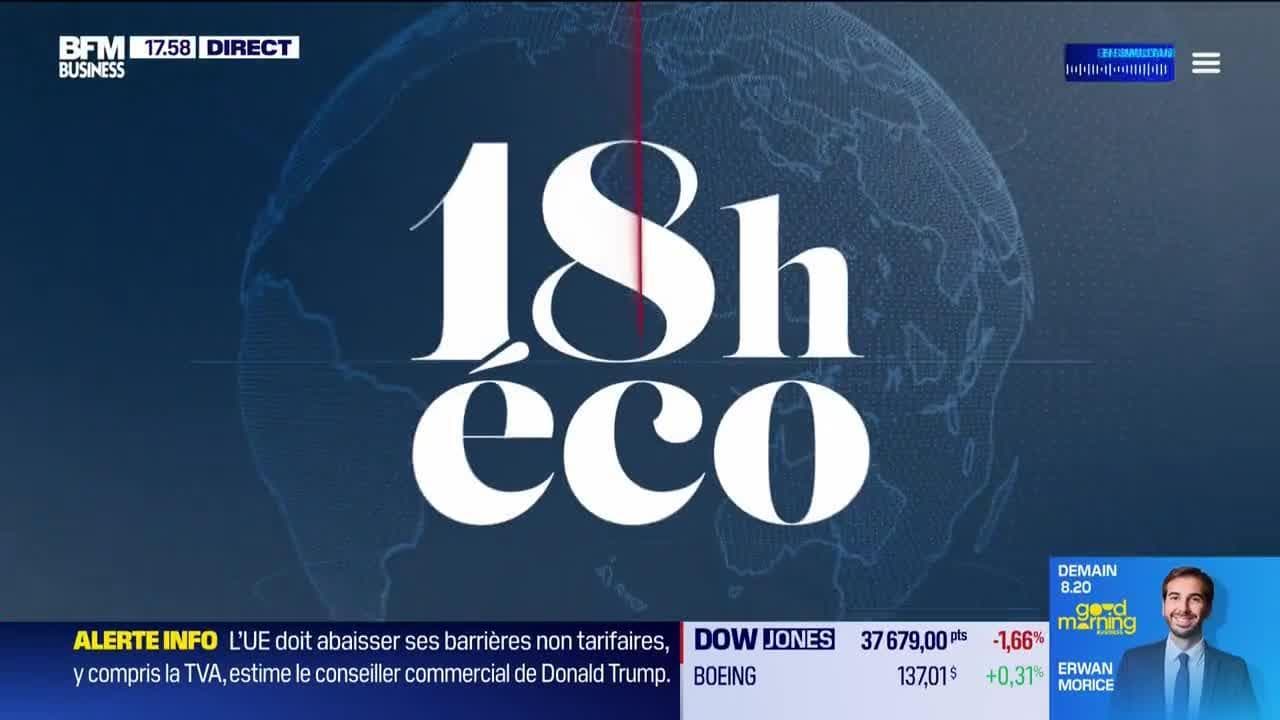 Le 18h Eco Du Lundi 14 Avril Toute L Actualite Economique
Apr 23, 2025
Le 18h Eco Du Lundi 14 Avril Toute L Actualite Economique
Apr 23, 2025
